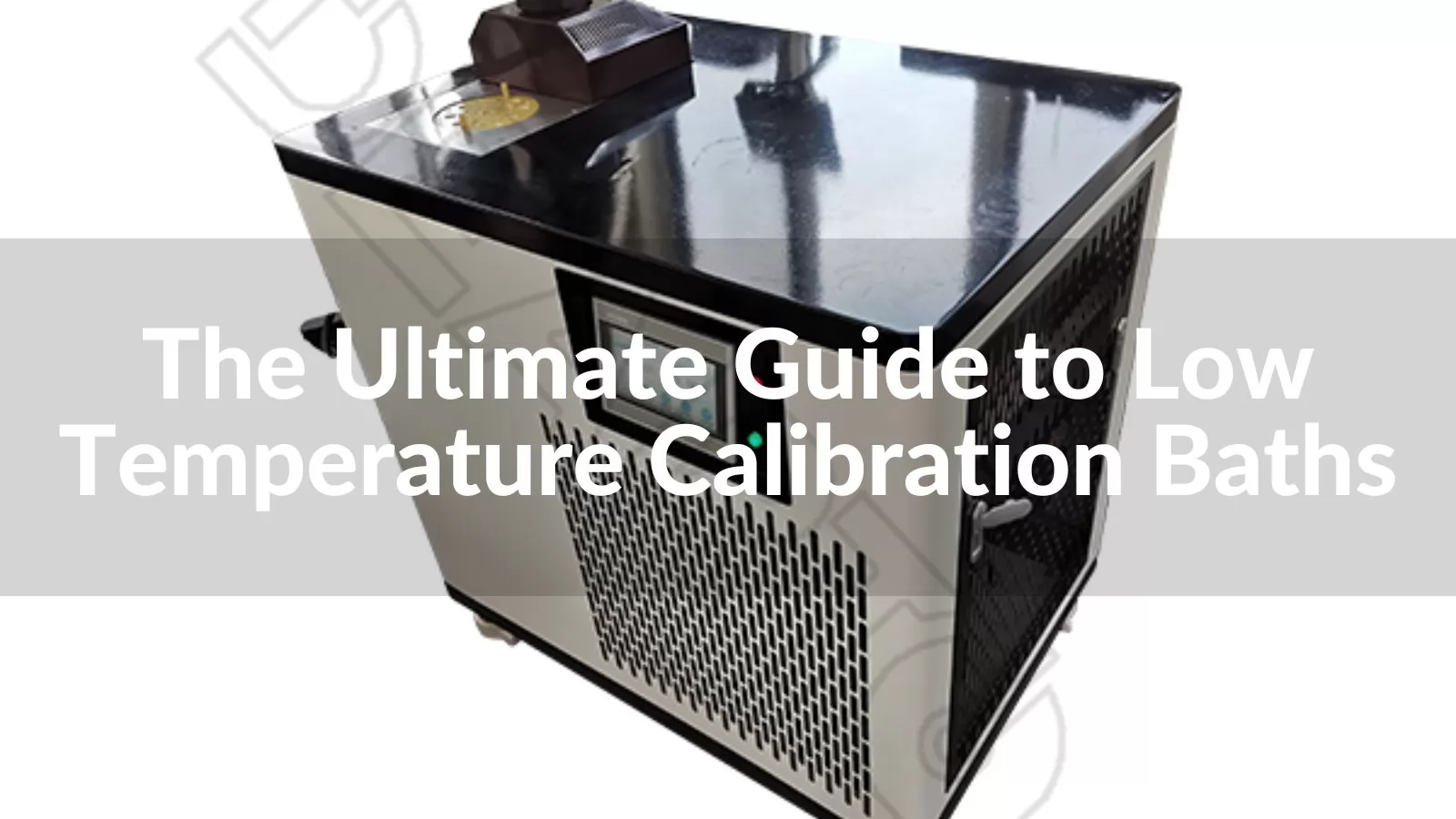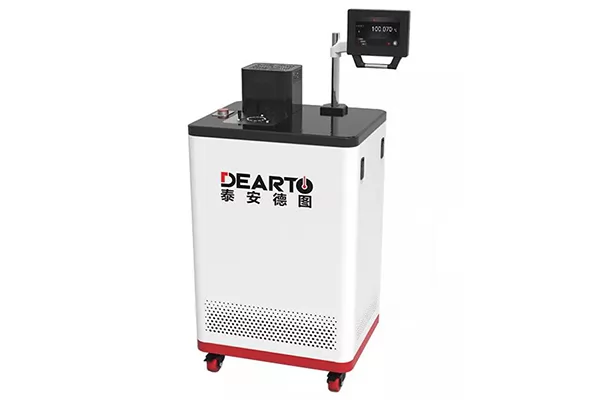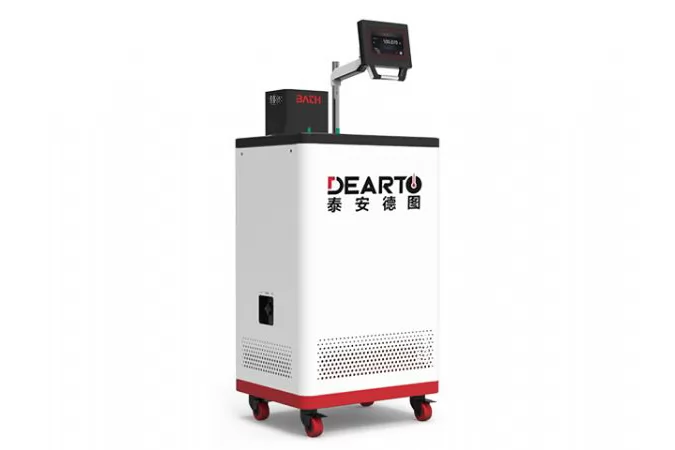
In industries where accurate temperature calibration in cryogenic environments is critical, the use of low temperature calibration baths has become essential. These specialized devices provide precise temperature control, uniform temperature distribution and a wide range of applications.
1. What is a Low Temperature Calibration Bath?
When it comes to precise temperature calibration, low temperature calibration baths play a crucial role. These specialized devices are designed to provide a controlled and stable environment for calibrating temperature sensors, thermometers, and other temperature-sensitive instruments at temperatures below ambient levels.
2. Benefits of Using Low Temperature Calibration Baths
Low temperature calibration baths offer a multitude of benefits that make them an essential asset for industries and laboratories requiring precise temperature calibration in low-temperature settings.
3. Applications of Low Temperature Calibration Baths
✔ Pharmaceuticals and Biotechnology
✔ Food and Beverage
✔ Chemical and Petrochemical
✔ Environmental Monitoring
✔ Research and Development
✔ Medical and Healthcare
✔ Calibration Laboratories
4. Components of Low Temperature Calibration Baths
When it comes to low temperature calibration baths, understanding the various components involved is crucial. These baths are designed to provide precise and accurate temperature control for calibration purposes, ensuring the reliability and accuracy of temperature-sensitive equipment.
| components | description |
|---|---|
| 1. Temperature Control Unit | At the heart of every low temperature calibration bath is the temperature control unit. This unit is responsible for maintaining a stable and accurate temperature within the bath. |
| 2. Bath Chamber | The bath chamber is the main vessel that holds the calibration fluid and the object being calibrated. It is typically made of stainless steel or other materials that offer excellent temperature stability. |
| 3. Refrigeration System | For low temperature calibration baths, a refrigeration system is a vital component. It enables the bath to reach and maintain temperatures below ambient conditions. |
| 4. Fluid Circulation System | To ensure uniform temperature distribution and minimize temperature gradients within the bath, a fluid circulation system is employed. This system consists of a pump that circulates the calibration fluid, creating a continuous flow. |
| 5. Calibration Inserts and Accessories | Calibration inserts and accessories are additional components that enhance the versatility and functionality of low temperature calibration baths. These inserts are designed to accommodate various types of calibration probes, sensors, or objects of different shapes and sizes. |
5. How to Choose Low Temperature Calibration Baths at a Reasonable Price
Finding the right balance between quality and cost is critical when selecting a low temperature calibration bath. These baths play a vital role in ensuring accurate temperature calibrations, and choosing the right bath can have a significant impact on the reliability and performance of the calibration process. We mainly consider the following aspects:
Temperature Range, Stability and Uniformity, Calibration Accuracy, Construction and Durability, Energy Efficiency, Ease of Use, Warranty and Support
6. Key Features of Low Temperature Calibration Bath
Low temperature calibration baths are equipped with various key features that make them efficient, reliable, and indispensable tools for precise temperature calibration in low-temperature environments.
| 1. | Temperature Range and Stability |
|---|---|
| 2. | Uniform Temperature Distribution |
| 3. | Heating and Cooling Systems |
| 4. | Programmable Controls and Interfaces |
| 5. | Safety Features |
| 6. | Data Logging and Connectivity |
| 7. | Versatility and Compatibility |

High and Low Temperature Liquid Calibration Bath

Standard Temperature and Humidity Test Chamber
Conclusion
Low temperature calibration baths are essential tools in various industries where precise temperature calibration in low-temperature environments is required. These baths offer numerous benefits, including accurate temperature control, uniform temperature distribution, and versatility in accommodating different temperature-sensitive instruments.
FAQs (Frequently Asked Questions)
Related Articles
Dry Block Calibrator vs Temperature Bath



